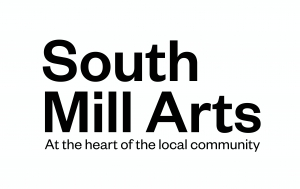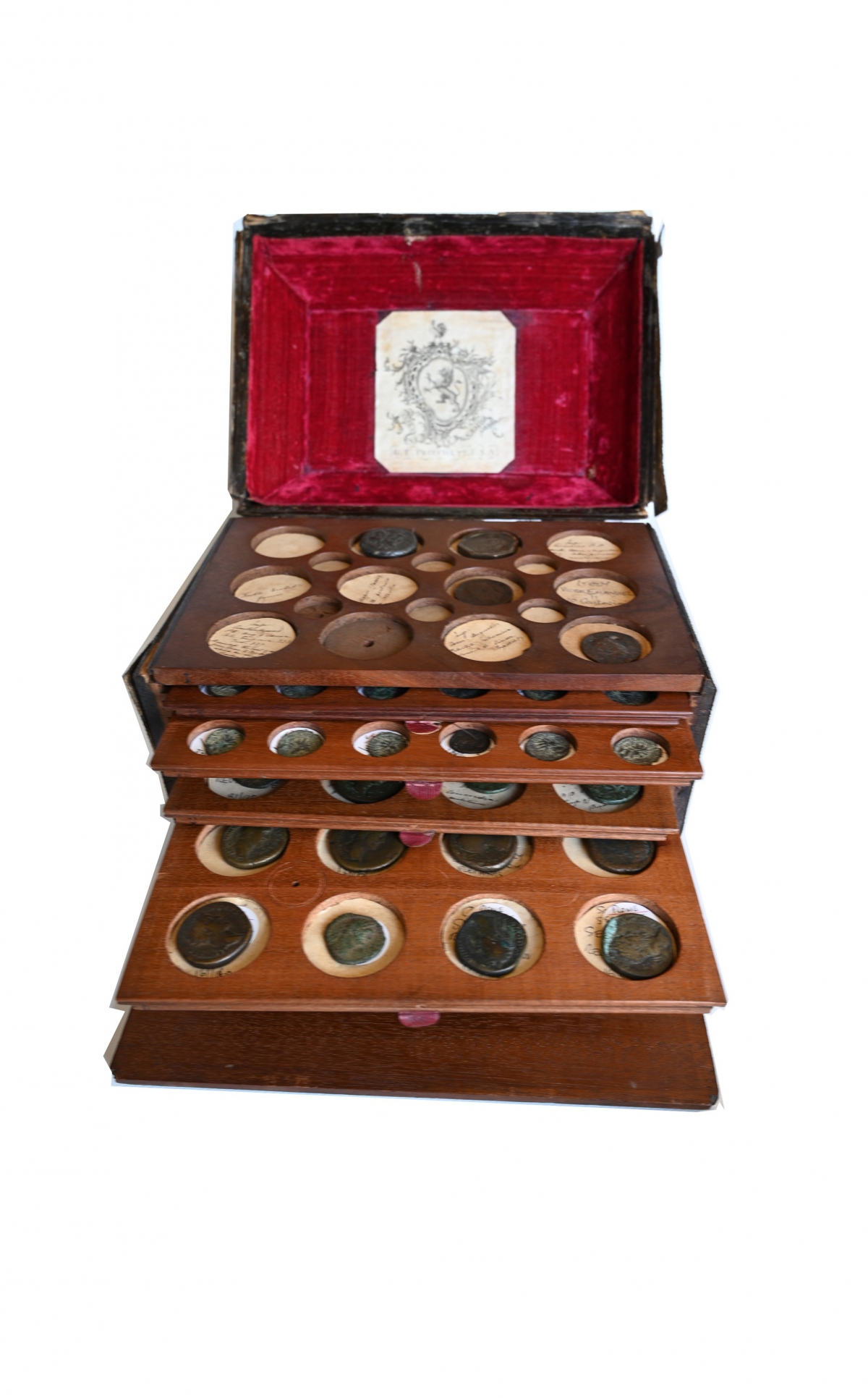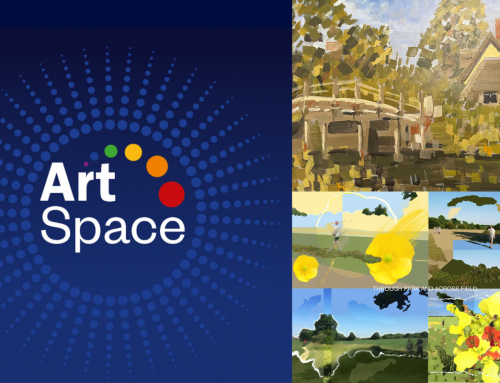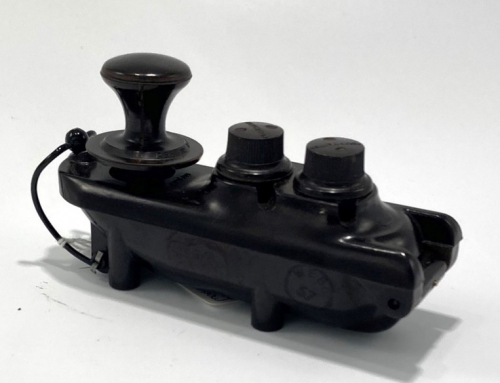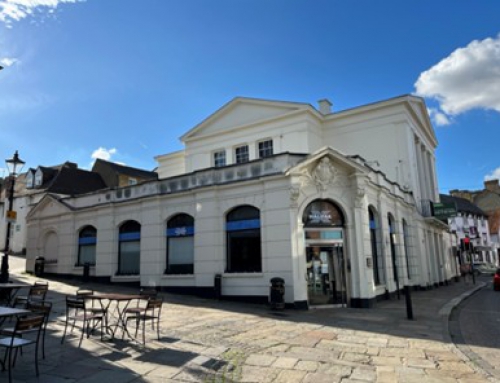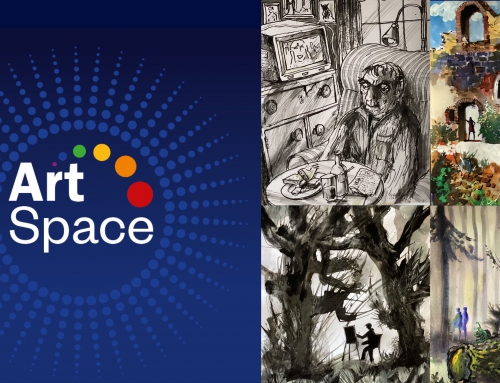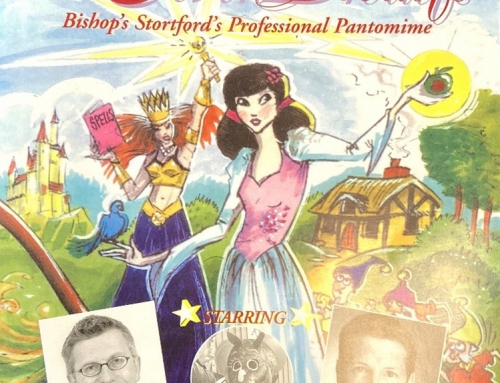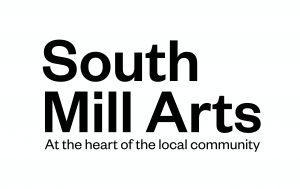Museum Young Curator, Rene Campbell, selected this item and helped to display it during her work experience with us. She has also completed the Young Curator induction programme, volunteered at museum activities and provided some original artwork for our story time sessions.
In the 1912 sale of Pritchett’s effects this box was described as “An old mahogany cabinet covered in shark skin, fitted with 12 trays with brass mounts, containing a collection of Roman silver and copper coins”.
Pritchett’s coat of arms is fitted into the lid’s red velvet lining. Pictured here is a gryphon and, above his name, a motto written in Latin ‘Extra ne te quaestio’ which may be translated as ‘Nought beyond thy scrutiny.’
George Edward Pritchett, son of C.R. Pritchett – an Essex rector, was born in 1824 and died in 1912. He was not only a collector of antiques but was also an inventor and architect, starting his practice in North Street, 1849, and later being elected FRIBA (Fellow of the Royal Institution of British Architects) in 1861. Pritchett was responsible for designing or restoring at least 62 local churches such as St Micheals Church, All Saints at Hockerill and Holy Trinity in South Street, and other buildings such as the present home of Saffron Building Society in Potter Street.
As well as collecting antiquities, Pritchett was an inventor and acted as a radiologist at Rye Street Hospital.
His home at Oak Hall was another of his projects. The Tudor style home took three years to design and build in Chantry Road during the 1860s.
While in the 19th century, Oak Hall was surrounded by orchards and undeveloped fields belonging to Pritchett, after his death it was sold and later, during World War I and II, Oak Hall’s grounds were transformed into a Prisoner of War camp. German Prisoners who were able-bodied would be put to work on the farmland around the house. The arrival of these prisoners of war created great interest amongst townsfolk; leading young girls in 1918, to use the public footpath that ran through the grounds to talk to the prisoners, gifting them things such as money and cigarettes.
Selected by Young Curator Rene Campbell from an article by Mike James in Stortford Histories. Young Curators is part funded by the UK Government through the Shared Prosperity funding. If you are aged between 14 and 21, and interested in museums please contact Janet Shepherd (jshepherd@southmillarts.co.uk) to find out about our next Young Curator programme.
